Film photographers are smart and thoughtful so you have probably already worked out what the title means, but for those who’ve just joined from planet digital this is a test of medium speed black and white films zapped through airport CT (computer tomography) scanners 1, 2 and 3 times, with an unscanned film as a sort of benchmark/control. Silvergrain Classics has a discussion about the topic and shows some results but I wanted to see what the results were like on the type of film I typically use. Not knowing how bad things were likely to be I risked only cheaper films through the scanners.
The CT1 film was developed en-route in Rodinal and the other three films were developed together at my final destination in PMK Pyro for 11 minutes at 21deg. Films were scanned using a Sony A7Riii and Sigma 105mm macro lens.
CT0
The ‘control’ is fresh FP4+ exposed at 80asa and shot on a trip to Asahikawa. Japan. The film has by far the finest grain and results were as I would have expected from this film and developer (providing a test that development of this and of the other two films was normal). The featured image taken from inside a coffee shop and the following images are from CT0.
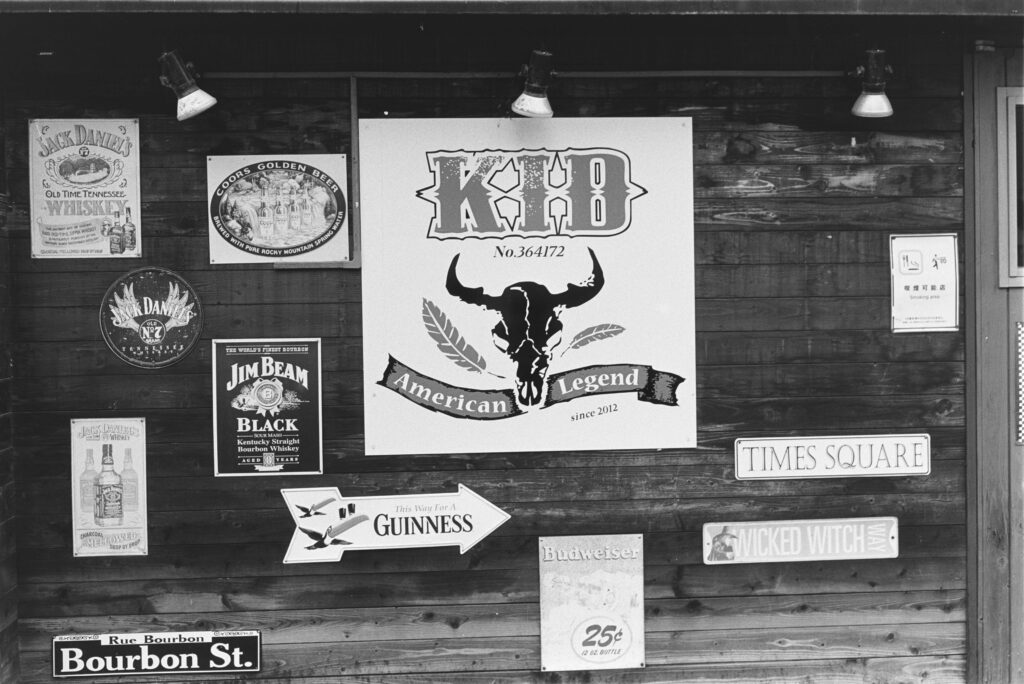
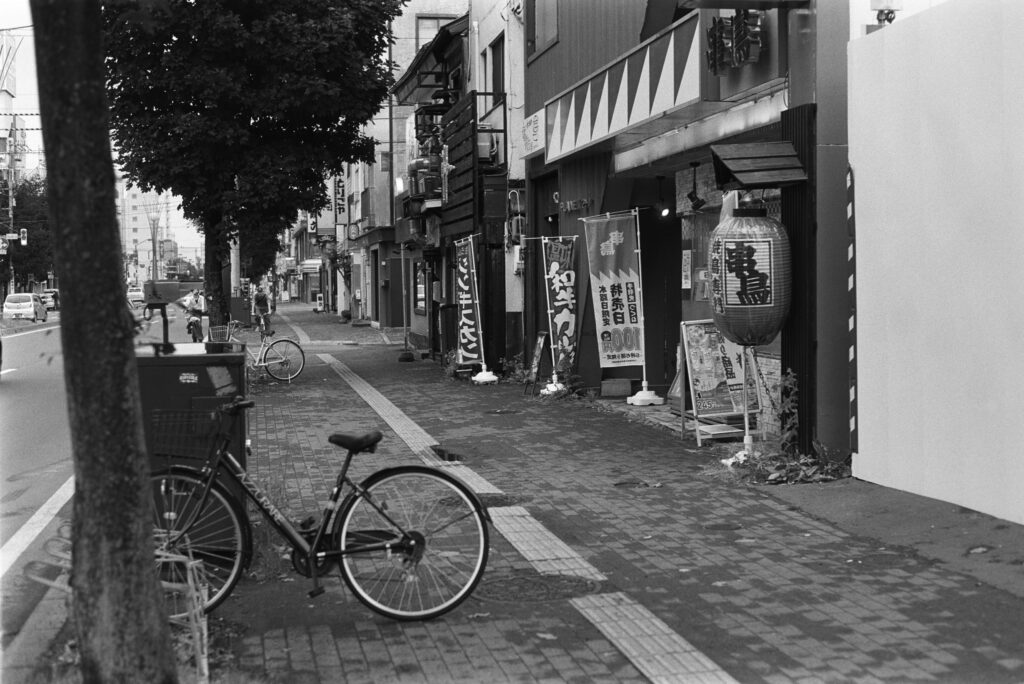
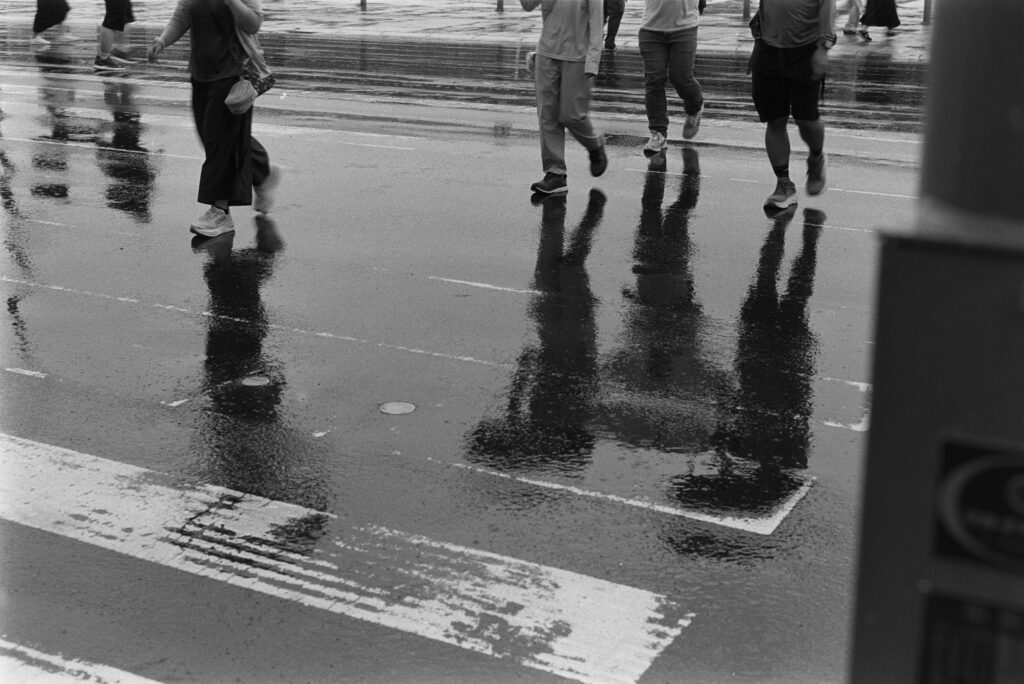
CT1
The film is Type 517 exposed at 50asa while I was in Brussels after bringing through security from the UK. The film is normally very grainy compared to fresh FP4+; and results from this scanned film were as I’d expect from this film when developed in Rodinal. I noticed that the grain on this one-time scanned 517 film was more prominent than of the three times scanned 517 developed in PMK, so jumping ahead to the conclusion we can see that choice of developer has more impact than an extra two scans.
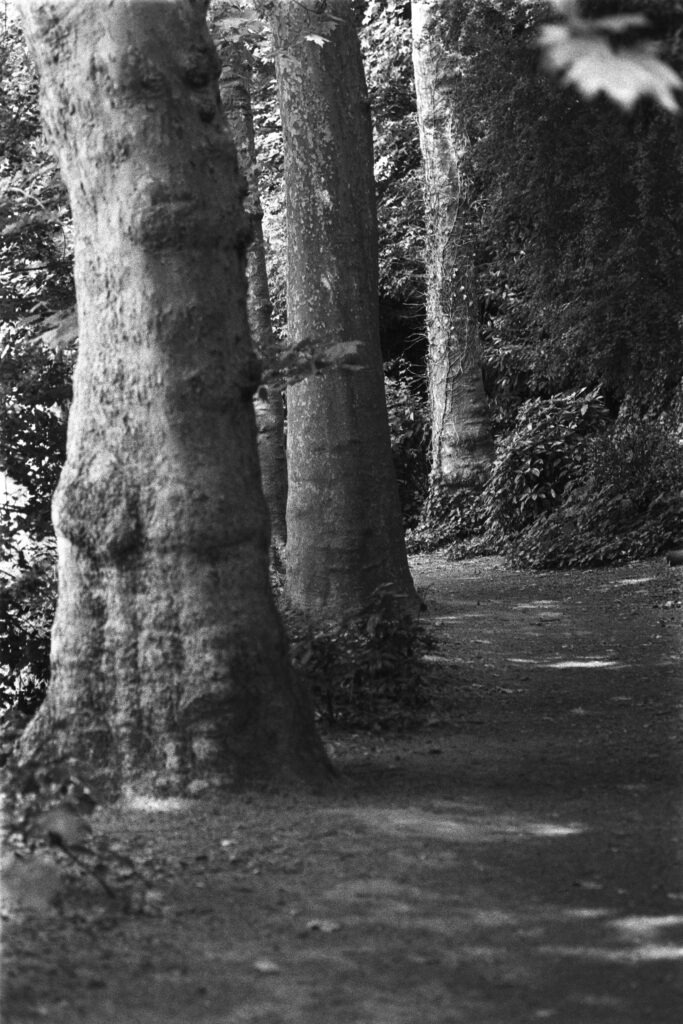
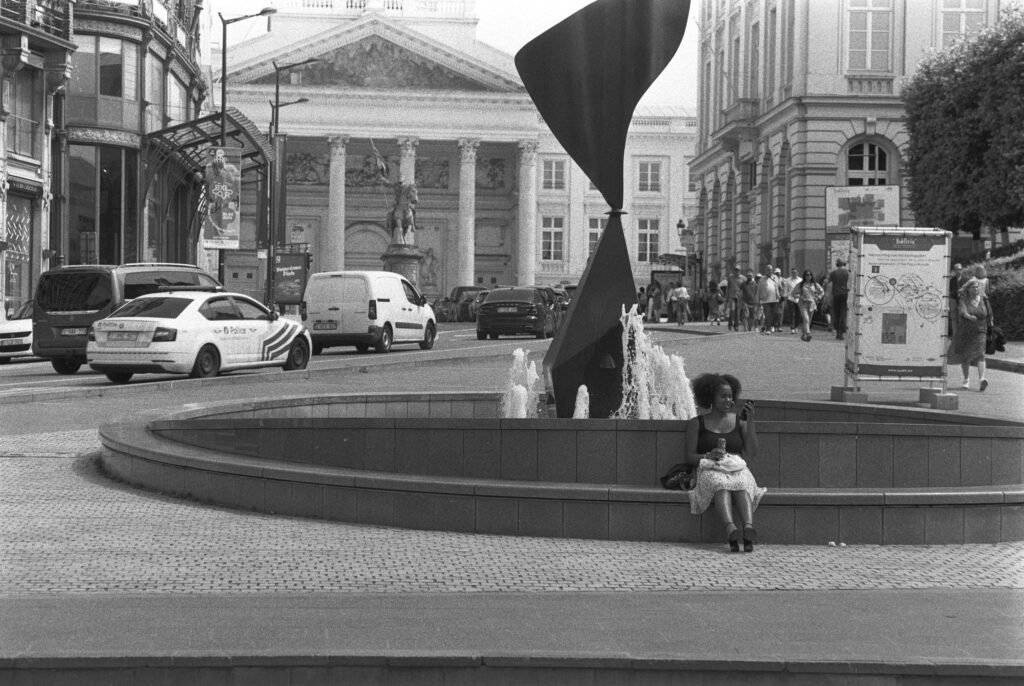

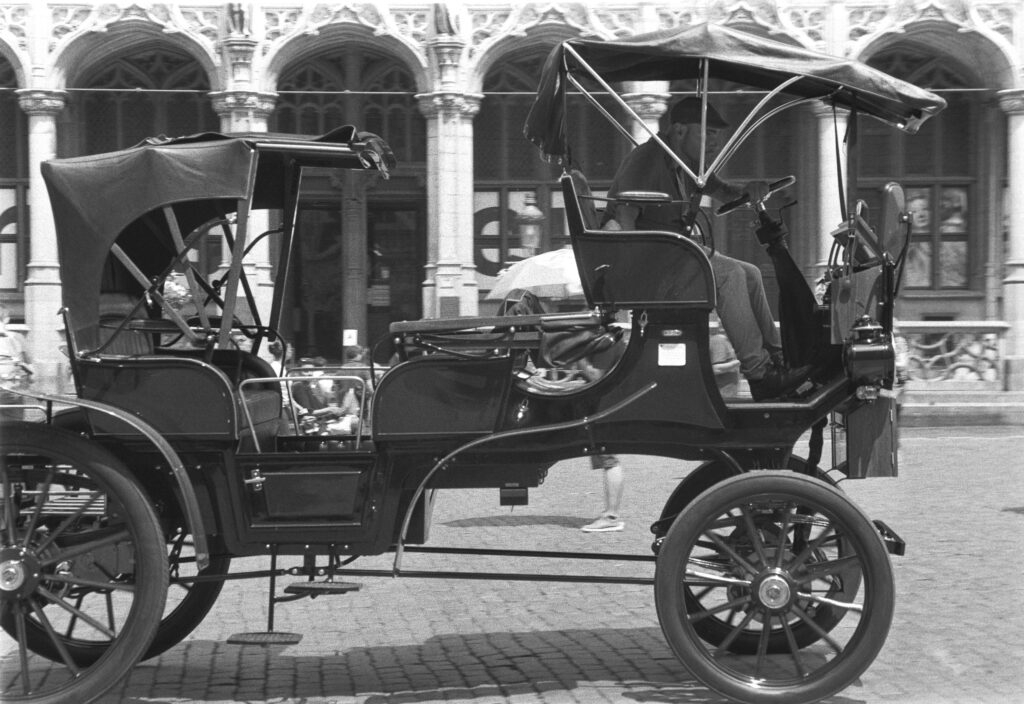
CT2
The film is Fomapan 100 exposed at 50 asa in Japan. Results were again insignificantly different from what I’d expect from fresh film developed in PMK comparing both grain at maximum image size, and fog level on the rebates using a magnifier.
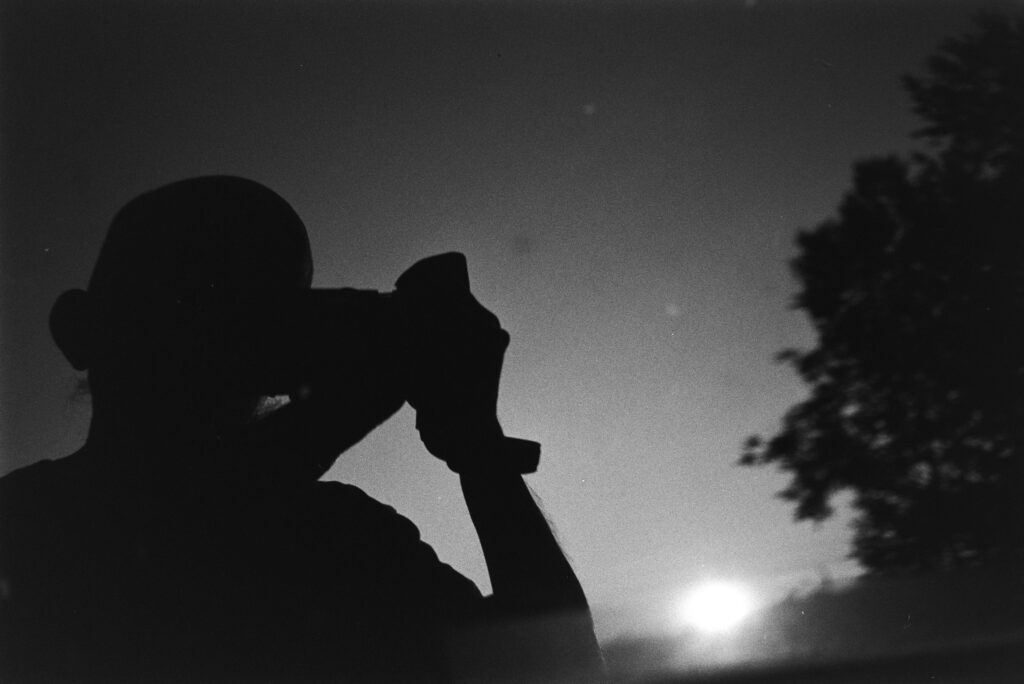
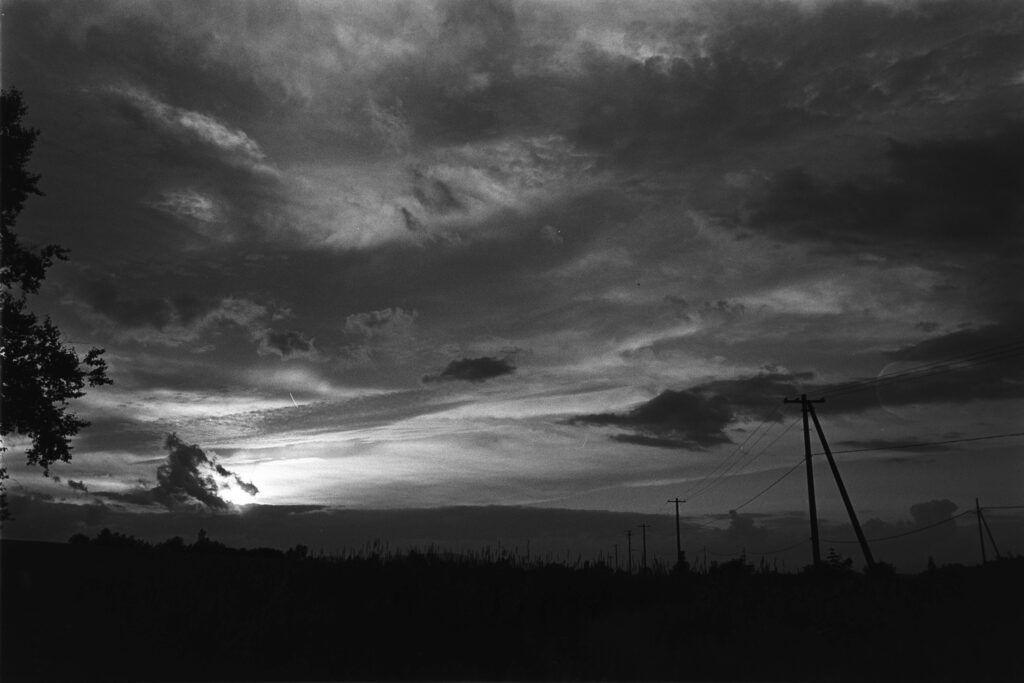

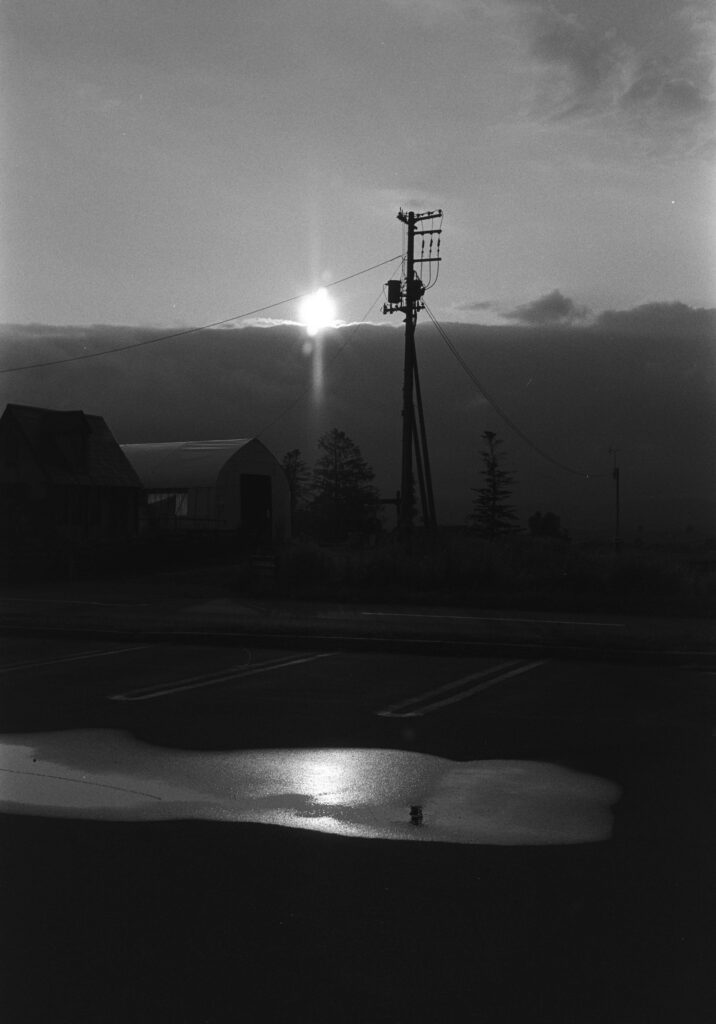
CT3
This is again type 517 exposed at 50asa and shot in Japan. Results are consistent with what I’d expect from this film. Notably despite the two extra scans the film is less grainy than the CT1 film developed in Rodinal.
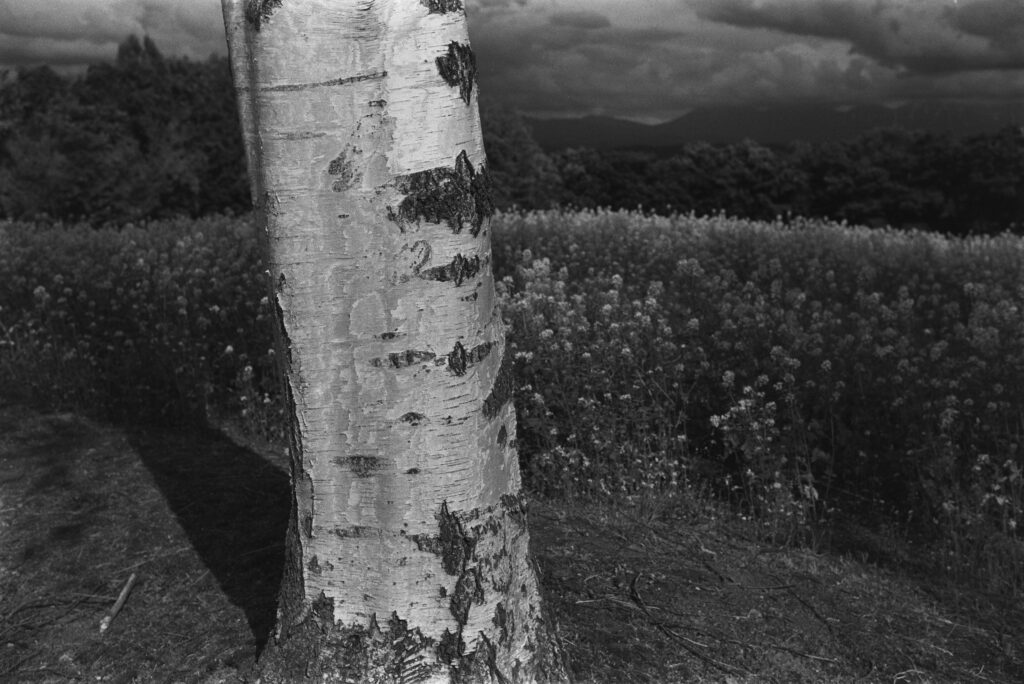
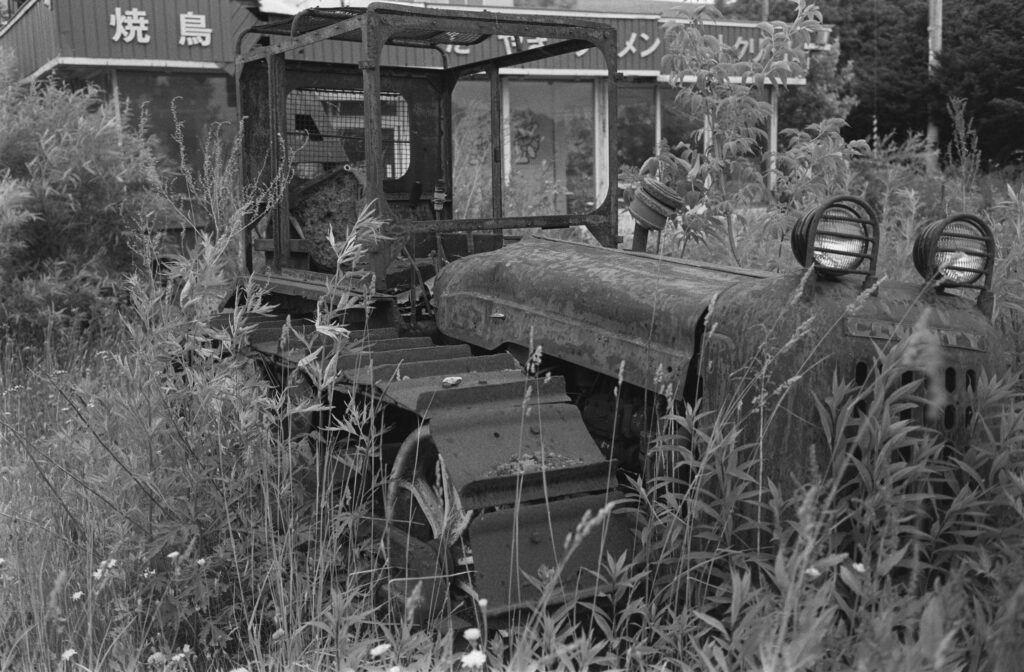
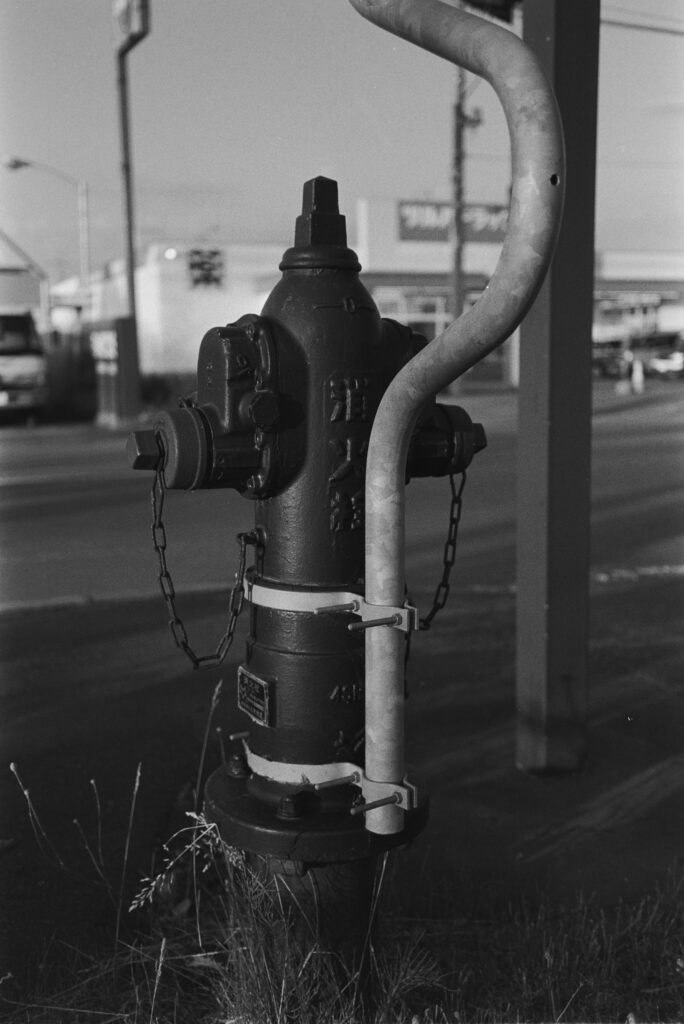
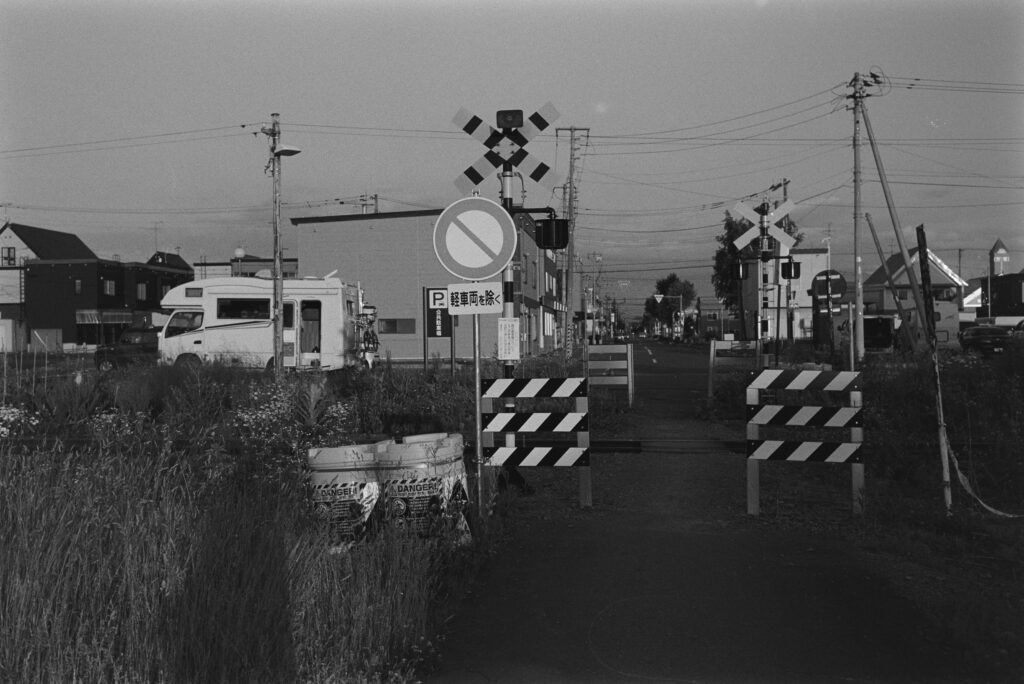
Conclusions
Of course if possible get film hand checked though in my experience most baggage handlers don’t know what film is and refuse to hand check – or simply take the film and put it through the scanner anyway. Ideally buy and develop film before returning through airport scanners. If neither of these is possible then on medium speed (100asa) black and white film there seems to be little impact of up to three scans through CT scanners, and choice of developer has a bigger impact on grain size and fogging than a few scans.
Share this post:
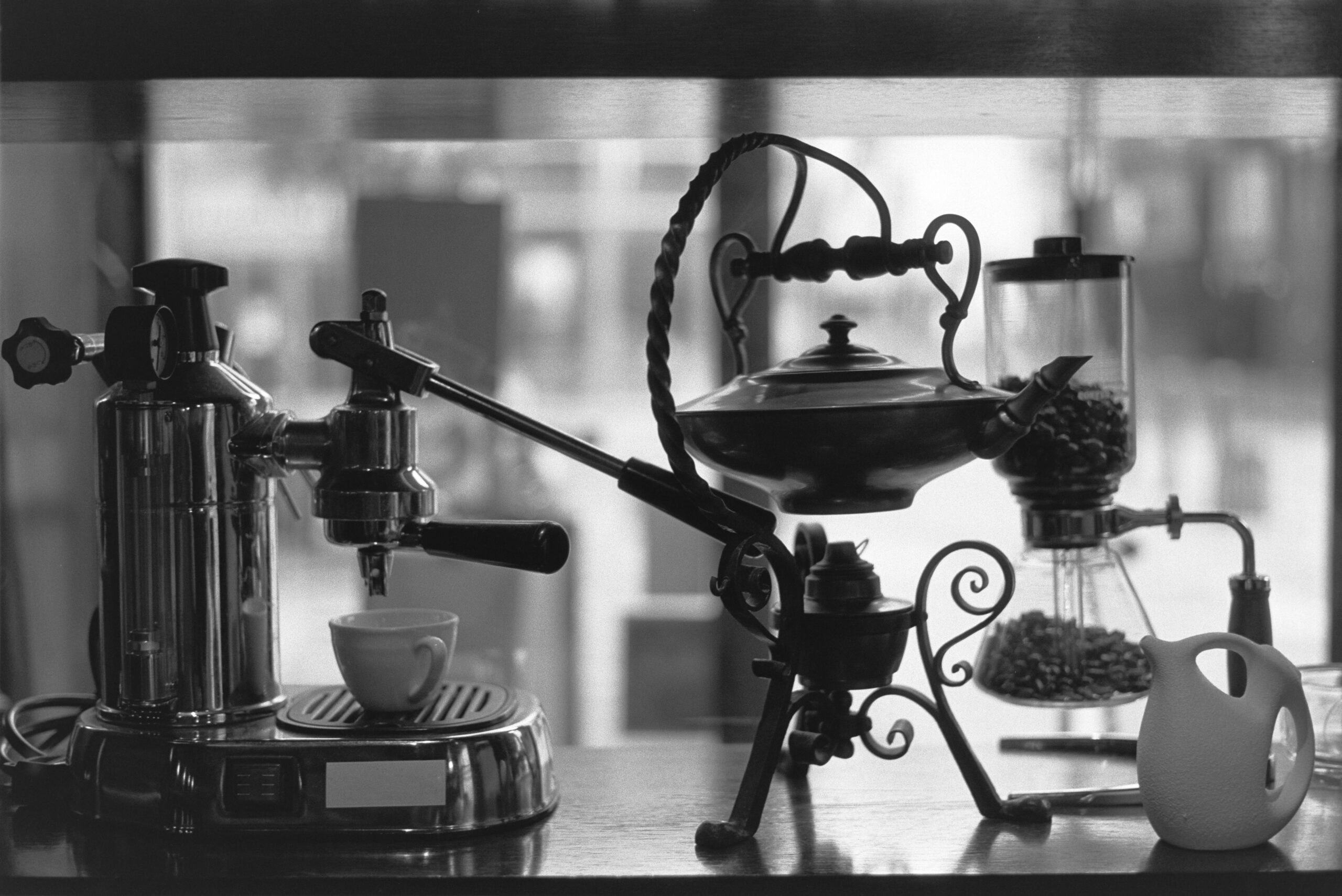
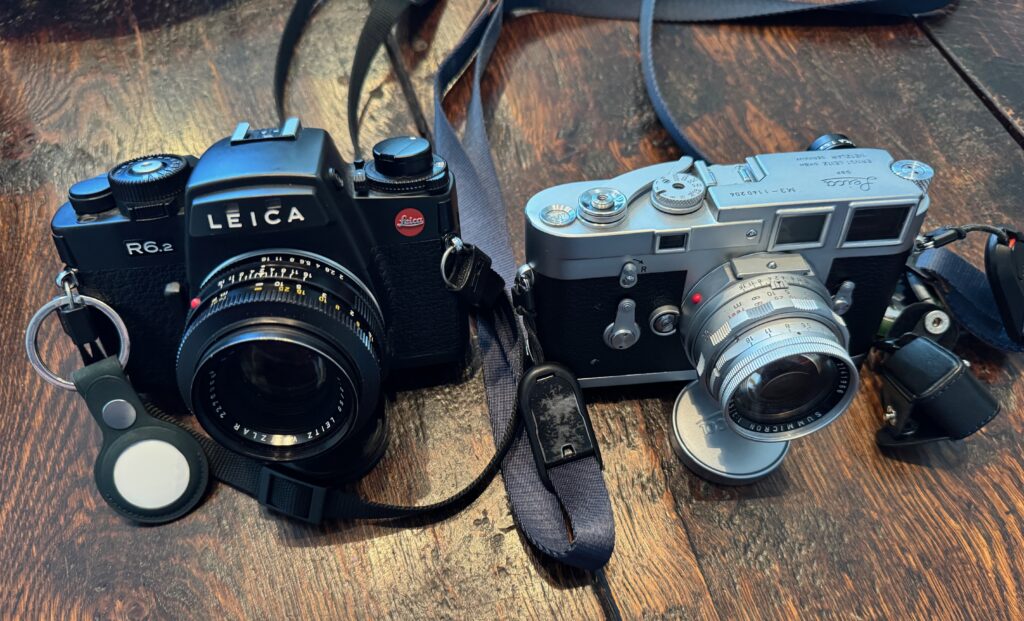
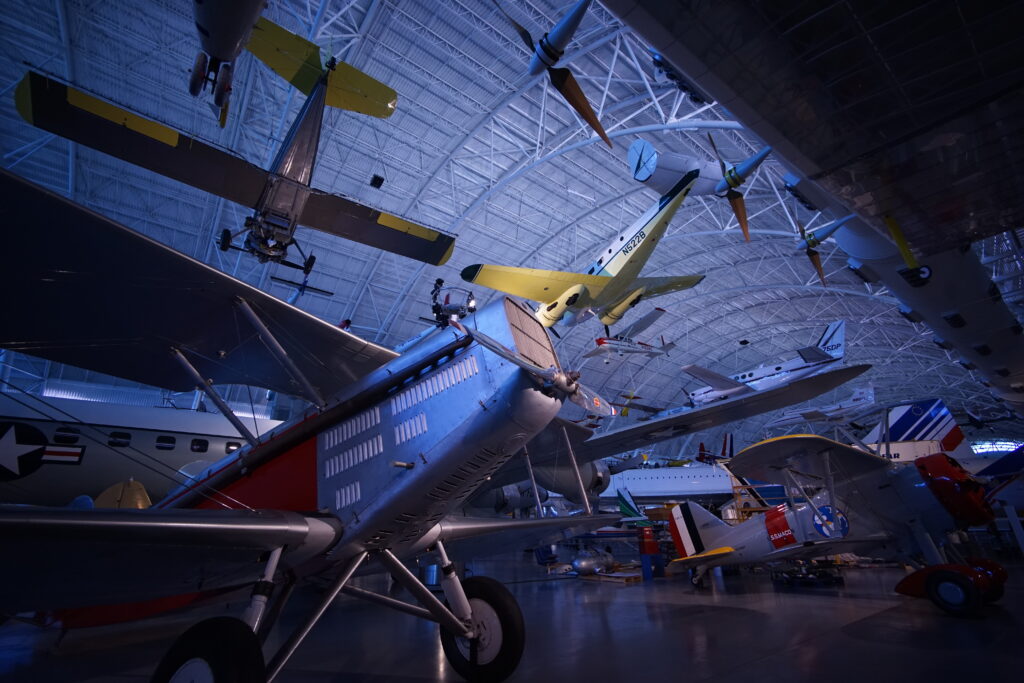
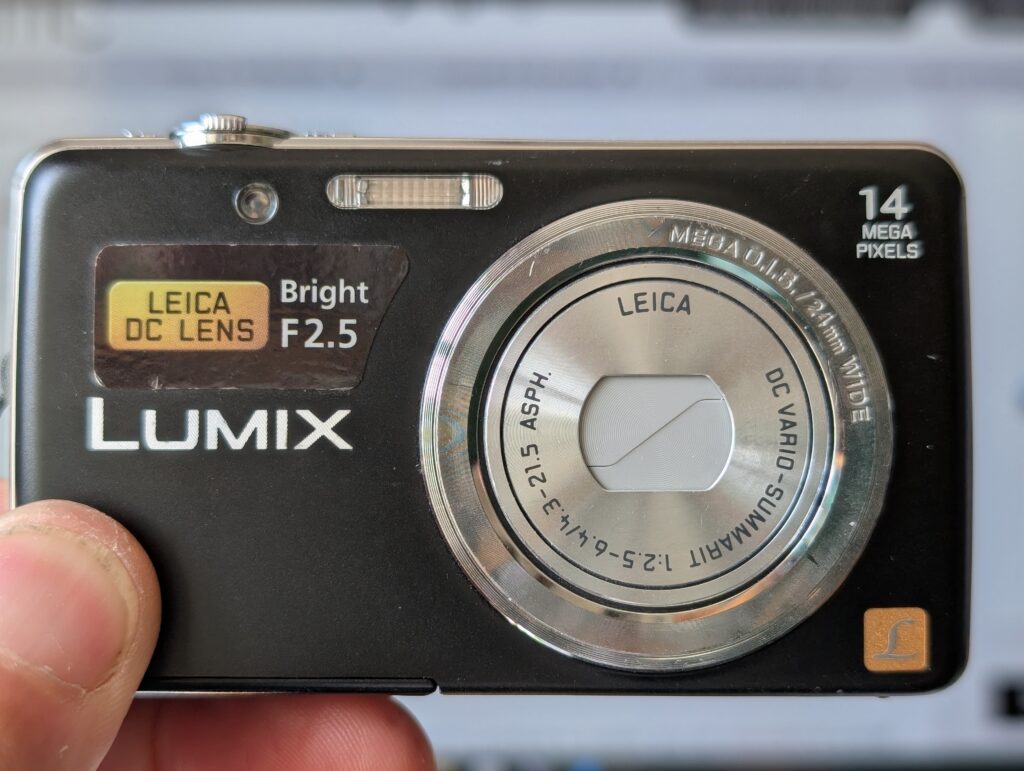
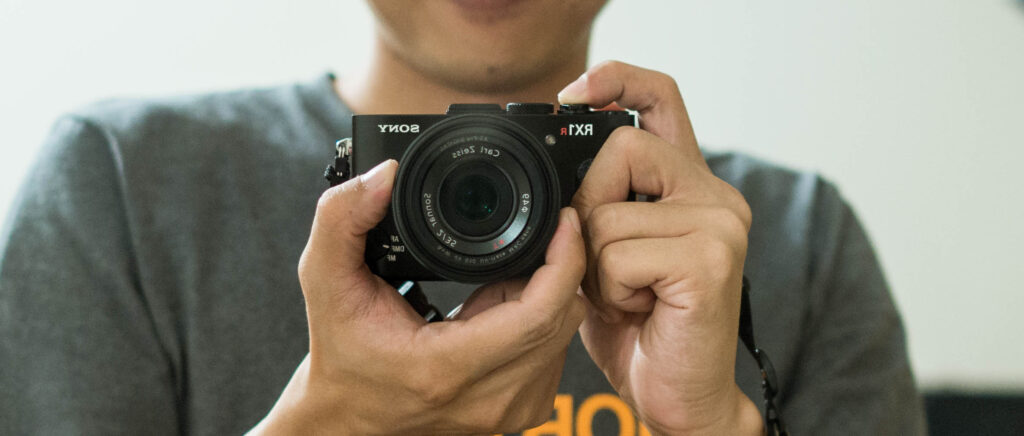
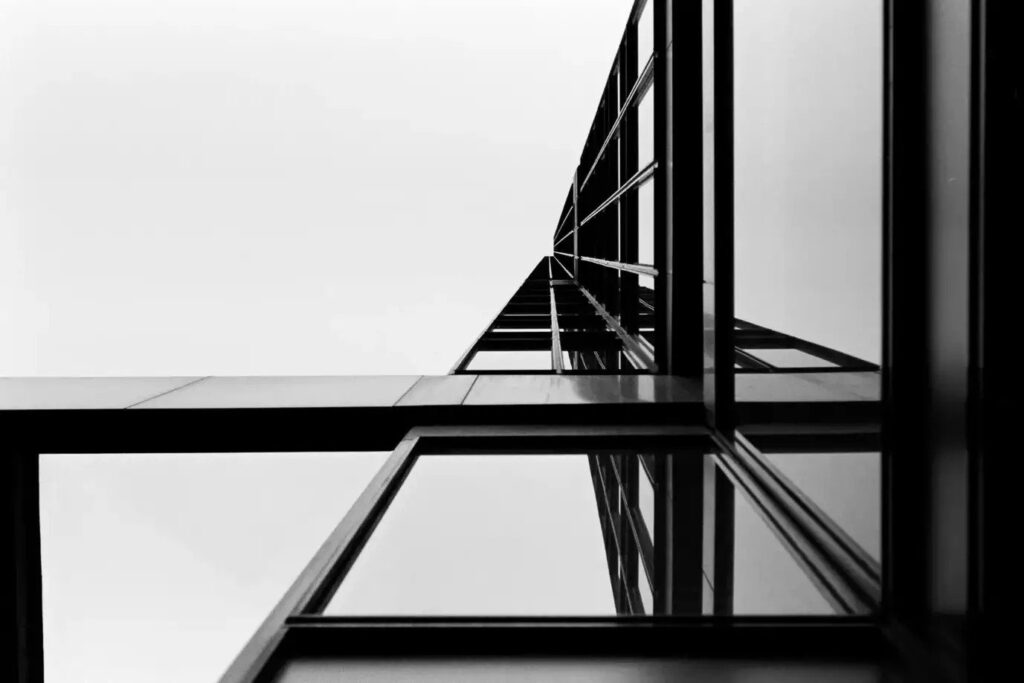


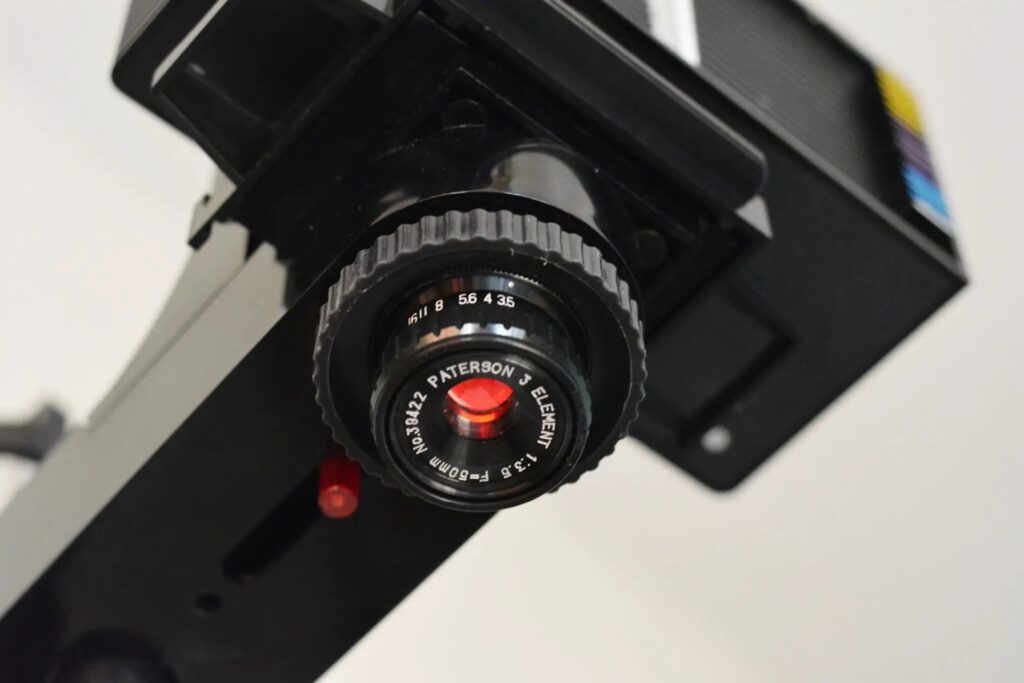
Comments
thorsten on BW x CT x (0,1,2,3)
Comment posted: 12/08/2025
Comment posted: 12/08/2025
Bob Janes on BW x CT x (0,1,2,3)
Comment posted: 12/08/2025
When I was doing my trips, the little 110 Pentax was just shoved in a pocket, it probably got 20 trips through the scanner, plus lots of high altitude radiation (not inconsiderable on a 9 hour flight to Seattle and back) without any terrible effects.
The radiation for extended periods at 36,000ft plus, is probably a bigger risk than the hand-baggage scanners.
There is obviously a risk to film (as there is to people), but I don't think people should avoid carrying film on planes, or worry tó much about it.
And I should stress: When I'm carrying stem cells, I'm absolutely adamant that they should not go through the scanner - but that is a matter of life and death, so you can't take chances, however small.
Comment posted: 12/08/2025
Gary Smith on BW x CT x (0,1,2,3)
Comment posted: 12/08/2025
I can't remember the last time I flew with film. I can imagine taking a film camera on my next excursion to Hawaii.
Comment posted: 12/08/2025
Paul Quellin on BW x CT x (0,1,2,3)
Comment posted: 12/08/2025
If the UK or European airport you are departing from doesn't have Standard C3 (the C is for cabin) equipment, then your films, even faster ones, should be just fine through the equipment (you can ask the staff about this). Typically, your hold baggage is likely to go through a CT based system even where the airport doesn't have it for cabin baggage, so cabin baggage may still be the safest route. I have had much the same results that you saw with a recent test using Kodak Gold 200. One control, one screening by dual view x-ray 10 times and one twice by a beast of a CT machine. Results on all three were practically identical given minor variations on the 1950s Kodak cameras I then shot them, all on.
Hand searching of film? Well I would prefer to trust the machines really, although that's easy for me to say, I refuse to fly. Checking films by hand is from a security purist's perspective, a little less than satisfactory, unless the screener is pretty good with their behavioural analysis skills. I do informally explain to my students that if a person states that they have "very fast film' in their bag, they are likely to point towards a box of Ilford or Kodak marked as 3200 ISO and that if they have followed the advice of one 'expert' on Youtube, then that box is actually empty. I encourage them to just let the person know that we know that trick. Screeners generally get treated rather poorly by some of the travelling public, yet work with sophisticated technologies in a demanding and highly regulated environment. As with many other roles, they come from all walks of life and of course amongst them are some who love photography. Whilst some airports now have an especially sullen atmosphere, some of the regionals really aren't like that. I would urge anyone travelling to pass the time of day and discuss any needs. These folk have to deal with equipment associated with just about every trade and hobby under the sun. Some may have recent experience shooting film and might want to share the passenger's experiences with similar.
Thank you for a read that made me think and type too much. `
Comment posted: 12/08/2025
Comment posted: 12/08/2025
Michael Keppler on BW x CT x (0,1,2,3)
Comment posted: 12/08/2025
Fortunately, I have only had good experiences on my travels so far. Whether in Stuttgart, Hamburg, Frankfurt, Copenhagen, Helsinki, Bristol or Kerkira – upon polite request, my films have always been checked by hand. The security staff now seem to be used to photographers with film in their luggage again. The worst thing that has happened to me so far is that I had to open the packaging of my films. In Stuttgart, I was asked about my camera and had a short, pleasant conversation with the security officer.
Comment posted: 12/08/2025
Scott Ferguson on BW x CT x (0,1,2,3)
Comment posted: 13/08/2025
This is both interesting and reassuring. I took some film back and forth to Canada a couple of times early after I started shooting, and the only emulsion that had any noticeable impact was Delta 3200, which looked a little "washed out", but not uninteresting. Everything else that went through the scanners 1 or more times was 400 or lower and if there was any impact from the CT, I couldn't tell when it came back from the lab.
Thanks for doing this experiment!
Best,
s
Comment posted: 13/08/2025
Ibraar Hussain on BW x CT x (0,1,2,3)
Comment posted: 13/08/2025
And I must say the photography - fine and smooth wonderful tones and resolution
I always leave the film in canisters in the camera bag - they show up as film canisters on the fascist’s array of scanning equipment. (Last
Time I went through a British airport I was given a private search and detained - I’ve never had issues elsewhere except the US where they had iris scanners and the agents were as obnoxious rude and despicable as those in Heathrow and Gatwick)
I warn them before hand they then on the rare occasion they’ll examine the film canisters by hand afterwards
Comment posted: 13/08/2025
Comment posted: 13/08/2025
Comment posted: 13/08/2025
Comment posted: 13/08/2025
Comment posted: 13/08/2025
Comment posted: 13/08/2025
Comment posted: 13/08/2025